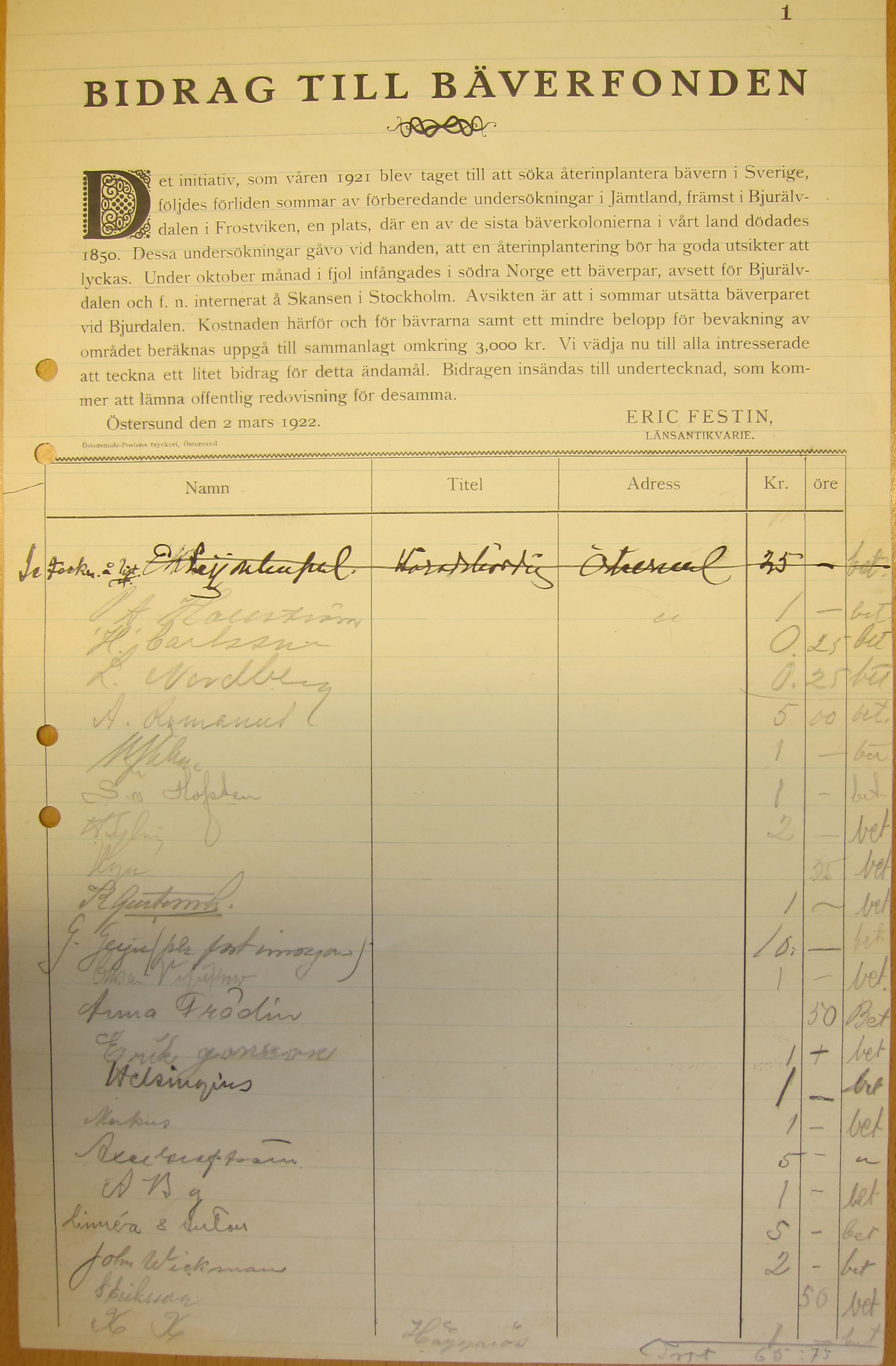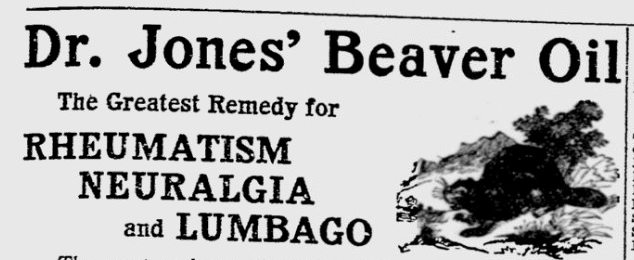
A slower time
Yesterday, I spent some hours behind a microfilm reader in the basement of the Umeå University Library. Forward-forward-forward-back-zoom-focus-print. Then repeat. This is the only way to read local papers from northern Sweden from the 1920s when the first beaver reintroductions took place. It was old-school historical research that took time. It really made me wish they were digitized like the papers from southern Sweden (where the vast majority of people live), which are available via a National Library database, and thus searchable.
So I got to thinking about time and our experience of it versus the people involved in reintroducing animals in the early 1900s. I get frustrated if I can’t google data in 10 seconds, while the reports of the first beavers being released in Västerbotten in 1924 took 2 days to show up in the newspaper at all and a feature article on it didn’t appear until 3 days later in Umebladet, the daily regional paper at the time. This was big news, but it took time to show up.
Mostly, the time lag was because of transportation delays. While I can fly from Umeå to Stockholm in less than an hour, when Eric Festin transported the pair of beavers from Stockholm to Bjurälfdalen, it took 5 days! The group left Skansen on 2 July 1922 and released the beavers on 6 July 1922 after a journey that combined rail, horse cart, and boat, over mountains, through valleys, and across lakes. Check out the historical photos in the Jamtli archive of the horse cart and the boat with those poor beavers in a box in the back, jostled and thrown about for days. Luckily, they survived and thrived (they had kits the year after release).
Reintroducing beavers in the 1920s took time, but it was worth the time spent — just as spending time sitting behind a microfilm machine in 2013 can be worth it.



